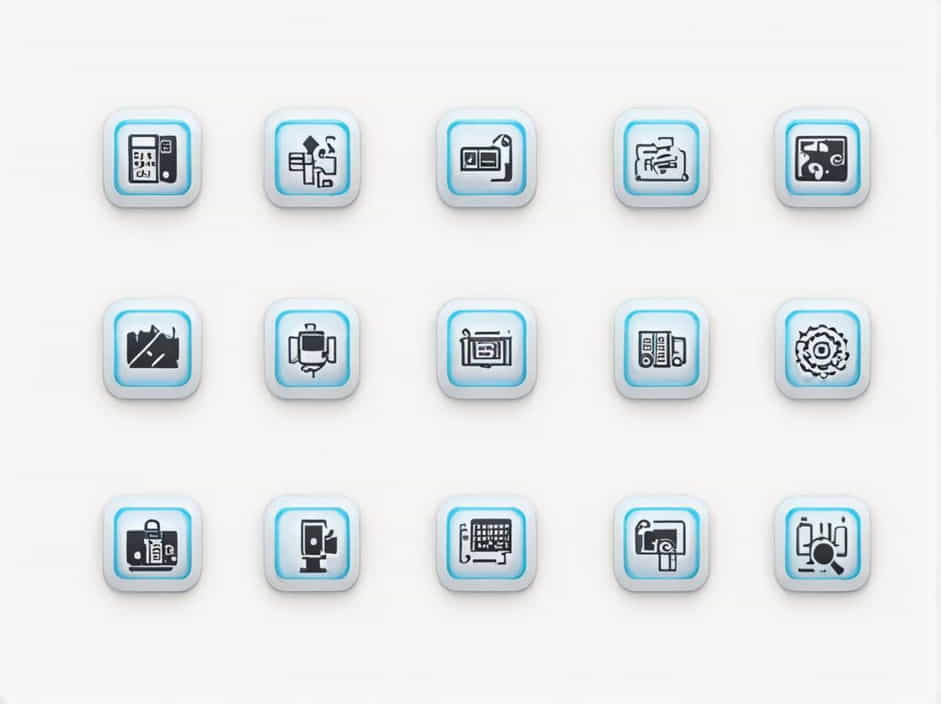The miniaturization of computers has revolutionized technology, making devices smaller, faster, and more efficient. Over the decades, computers have evolved from room-sized machines to powerful smartphones that fit in our pockets. Several key factors, including advancements in semiconductor technology, microprocessors, and power efficiency, have driven this transformation.
Understanding the history and driving forces behind this evolution helps us appreciate modern computing and predict future trends in technology.
The Early Days of Computers
From Vacuum Tubes to Transistors
Early computers, such as the ENIAC in the 1940s, used vacuum tubes to perform calculations. These machines were massive, consuming large amounts of power and generating significant heat.
The introduction of transistors in the late 1940s by Bell Labs marked a turning point. Unlike vacuum tubes, transistors were smaller, consumed less power, and were more reliable. This innovation led to the first wave of miniaturization in computing.
The Development of Integrated Circuits (ICs)
The invention of integrated circuits (ICs) in the late 1950s further reduced the size of computers. ICs allowed multiple transistors to be packed onto a single chip, increasing computing power while significantly shrinking device size.
Jack Kilby of Texas Instruments and Robert Noyce of Fairchild Semiconductor pioneered this technology, laying the foundation for modern microelectronics.
Key Technological Advancements in Miniaturization
1. The Rise of Microprocessors
In 1971, Intel introduced the 4004 microprocessor, the first commercially available CPU on a single chip. This innovation consolidated the functions of multiple ICs into one component, making computers smaller and more efficient.
As microprocessors evolved, they became more powerful while decreasing in size, leading to the development of personal computers (PCs) in the 1980s and later, laptops and smartphones.
2. Moore’s Law and the Shrinking Transistor
Gordon Moore, co-founder of Intel, predicted in 1965 that the number of transistors on a chip would double approximately every two years while costs would decrease. This trend, known as Moore’s Law, has been a major driving force in the miniaturization of computers.
By consistently reducing transistor sizes, manufacturers have been able to create more powerful processors in smaller and more energy-efficient devices.
3. Advances in Semiconductor Materials
The shift from silicon-based chips to more advanced semiconductor materials, such as gallium arsenide and carbon nanotubes, has contributed to further miniaturization. These materials offer:
- Higher performance
- Lower power consumption
- Better heat management
4. The Evolution of Storage Technology
Early computers relied on bulky magnetic tape and hard disk drives (HDDs) for storage. The development of solid-state drives (SSDs) and flash memory significantly reduced the physical size of storage devices while increasing speed and reliability.
This advancement enabled the creation of compact devices like USB drives, memory cards, and ultra-thin laptops.
5. Power Efficiency and Battery Technology
Miniaturization also required improvements in battery technology to ensure smaller devices could run efficiently. Advancements such as:
- Lithium-ion batteries (lightweight and long-lasting)
- Energy-efficient processors (reducing power consumption)
- Fast-charging technology
have allowed modern mobile devices to operate for extended periods without compromising performance.
The Impact of Miniaturization on Different Devices
1. Personal Computers and Laptops
The introduction of compact microprocessors and memory chips led to the development of desktop PCs in the 1980s and laptops in the 1990s. These devices became smaller, lighter, and more powerful over time.
2. Smartphones and Tablets
The launch of the iPhone in 2007 demonstrated how far miniaturization had come. Smartphones combined:
- Microprocessors
- High-resolution displays
- Advanced battery technology
- Compact storage solutions
into a single handheld device, replacing bulky computers for many daily tasks.
3. Wearable Technology
Wearable devices, such as smartwatches, fitness trackers, and AR glasses, rely on ultra-small processors, sensors, and battery-efficient components. These innovations would not be possible without continuous miniaturization.
4. Embedded Systems and IoT Devices
Miniaturized computing components power smart home devices, automotive systems, and industrial sensors. The rise of the Internet of Things (IoT) has further driven the demand for tiny, power-efficient processors.
Challenges in Computer Miniaturization
1. Heat Management
As processors become smaller, they generate more heat in a compact space. Advanced cooling solutions, such as liquid cooling and heat-dissipating materials, are necessary to prevent overheating.
2. Quantum Limitations
Traditional silicon-based transistors are reaching their physical limits. Scientists are exploring alternatives like quantum computing and graphene-based chips to continue advancements in miniaturization.
3. Cost of Production
Manufacturing smaller, more powerful chips requires cutting-edge technology, making the process expensive and complex. Companies invest billions in research and development to keep up with Moore’s Law.
4. Battery Limitations
Despite improvements, battery technology has not advanced as quickly as processor miniaturization. More efficient power management systems are needed to support high-performance devices without frequent charging.
The Future of Miniaturization in Computing
1. Quantum Computing
Quantum computers, which use qubits instead of traditional bits, have the potential to revolutionize computing by providing unprecedented processing power in smaller devices.
2. Neuromorphic Computing
Inspired by the human brain, neuromorphic chips use artificial neurons to improve efficiency and reduce power consumption, making future computers even more compact and powerful.
3. Nanotechnology and 3D Chip Stacking
- Nanotechnology will allow the creation of smaller, more efficient transistors.
- 3D chip stacking increases processing power without requiring more space.
4. Flexible and Wearable Electronics
Advancements in bendable circuits and flexible displays will lead to new form factors, such as:
- Foldable smartphones
- Wearable computing devices
- Smart clothing with embedded microprocessors
The miniaturization of computers has transformed the way we live and work. Innovations in microprocessors, semiconductors, storage, and battery technology have enabled the development of powerful yet compact devices, from laptops to smartphones and wearables.
As technology continues to evolve, we can expect even smaller, faster, and more efficient computing devices, paving the way for advancements in artificial intelligence, quantum computing, and the Internet of Things (IoT). The future of miniaturization holds endless possibilities, shaping the next generation of digital experiences.
